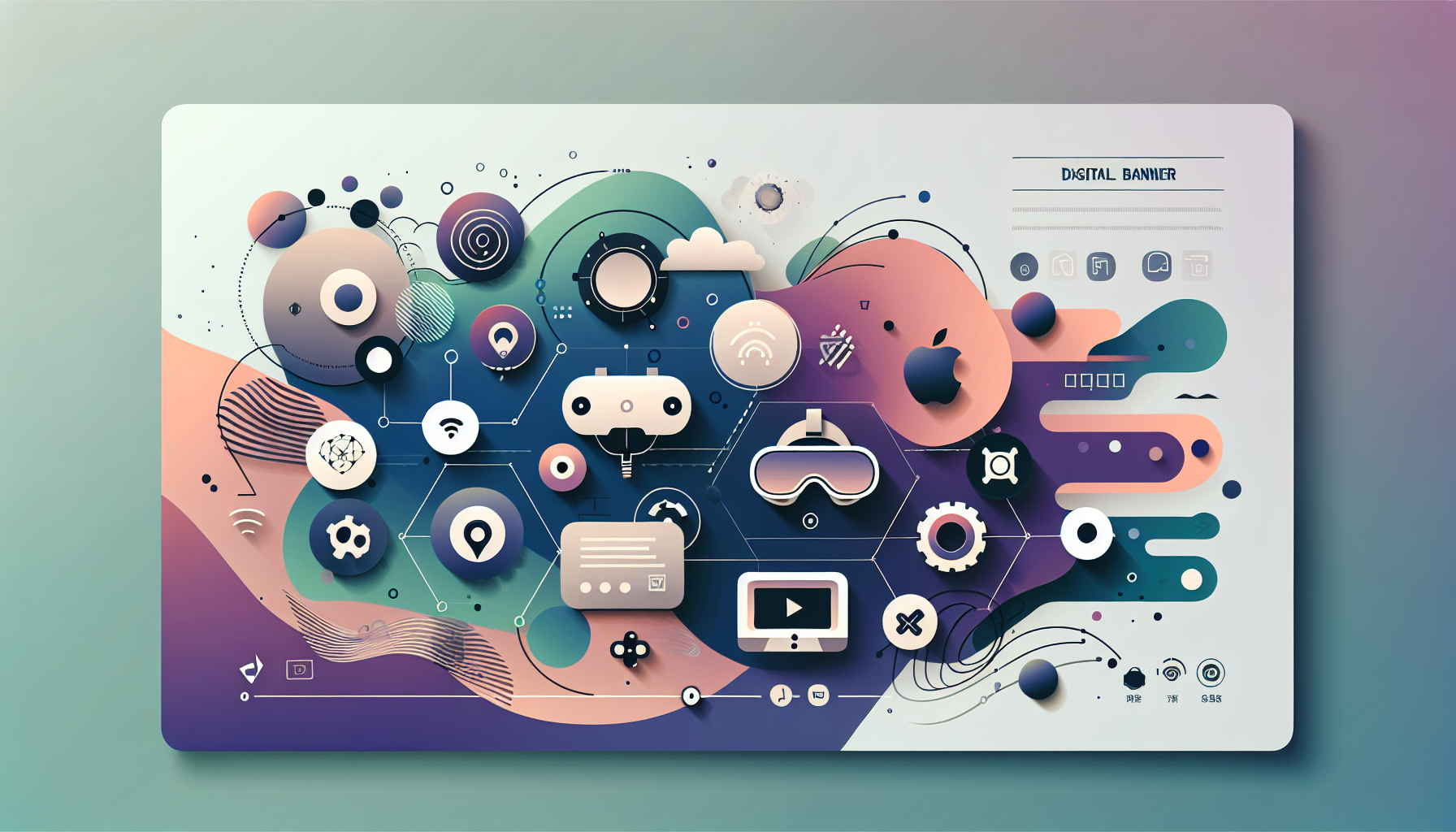
Virtual Reality (VR) is revolutionizing the way we experience digital content, transforming how we interact with websites and enhancing user engagement across various industries. By integrating VR into web design, businesses can create immersive, engaging experiences that captivate audiences and set new standards for digital interaction. This technology offers a unique blend of innovation and interactivity, making it a key tool for web designers aiming to create memorable and impactful online experiences.
Unlocking Immersive Experiences in Web Design
The integration of VR in web design allows users to explore digital environments in a more immersive and interactive way. This can be particularly beneficial for industries like tourism, real estate, and eCommerce, where users can explore virtual spaces or interact with products in a highly realistic manner. Websites can now offer 360-degree content, allowing users to explore environments from any angle, which enhances user engagement and provides a sense of presence and connection with the virtual setting.
One of the key advantages of using VR in web design is its ability to create a sense of presence. This is achieved through the use of VR headsets or even simple interactive elements on a computer screen, allowing users to feel as though they are physically present in a specific location. This level of immersion can lead to increased user satisfaction and longer on-site durations, as users are more engaged and interactive with the content.
Examples of Immersive VR Web Design
Several companies are already leveraging VR to enhance user experiences. For example, platforms like Matchbox Design Group and Subframe provide tools and resources for designing immersive VR experiences. Subframe’s intuitive interface allows designers to create pixel-perfect UIs for VR projects, ensuring a seamless user experience.
A notable example is the Circuitstream blog, which highlights tools like Pounx or Bezel for collaborative VR design. These tools enable teams to work together in virtual environments, creating interactive designs and prototypes that can be tested and refined in real-time.
Future of Virtual Reality in Web Design
The future of VR in web design is incredibly promising. As VR technology becomes more accessible and affordable, it’s likely to become a staple in web design, offering immersive experiences to a broader audience. The convergence of VR with Artificial Intelligence (AI) could lead to more personalized and intelligent web experiences, where VR environments adapt in real-time to user preferences and behaviors.
Furthermore, the integration of advanced haptic feedback in VR web design could allow users to ‘feel’ objects and textures within virtual environments, enhancing the realism of the VR experience. This could revolutionize industries like gaming and eCommerce, providing users with a more tactile experience when interacting with digital products.
Emerging Trends and Predictions
Some of the emerging trends include the shift from WebVR to WebXR, which will enable designers to create more comprehensive experiences that blend the real and virtual worlds seamlessly. Additionally, the rise of social VR experiences is expected, where users can interact with each other in virtual spaces, opening up new avenues for social interaction and collaboration online.
eCommerce is also poised for a significant transformation with VR, offering virtual shopping experiences where customers can browse and interact with products as they would in a physical store. This could enhance customer satisfaction and reduce returns by allowing customers to better understand product dimensions and features.
Tools and Resources for VR Web Design
There are several tools and resources available for creating immersive VR experiences. Autodesk offers VR software that can be used for 3D design and product visualization. Additionally, platforms like Subframe provide tools for designing and developing VR websites.
For those interested in exploring more tools and resources, Circuitstream provides a comprehensive list of AR/VR design tools and resources that can help build immersive applications.
Best Practices for Implementing VR in Web Design
When implementing VR in web design, it’s important to focus on user-centric designs that enhance user engagement and align with the brand’s goals. This involves careful planning and strategic implementation, considering how VR can add value to your website.
A key best practice is to ensure that the VR experience is responsive and accessible across different devices and platforms. This means optimizing for both desktop and mobile devices, as well as ensuring compatibility with various VR headsets.
Another important aspect is to test and refine the VR experience regularly. This involves gathering user feedback and making adjustments to ensure that the experience is engaging and effective.
Conclusion and Next Steps
Virtual Reality is transforming the way we interact with digital content, offering immersive experiences that can revolutionize industries from tourism to eCommerce. By staying informed about the latest trends and technologies, and focusing on user-centric designs, businesses can leverage VR to create groundbreaking web experiences.
If you are interested in integrating VR into your web design, consider reaching out to a professional agency like Belov Digital Agency for guidance and support. For more information on how to enhance your website with innovative technologies, feel free to Contact Us.
While VR is a powerful tool, it’s also important to consider the underlying infrastructure and hosting solutions that support these immersive experiences. For reliable hosting, services like Kinsta can provide the necessary speed and security to ensure smooth VR experiences.
To explore more examples of innovative web design, check out the Subframe blog for stunning VR website design examples that can inspire your next project.













